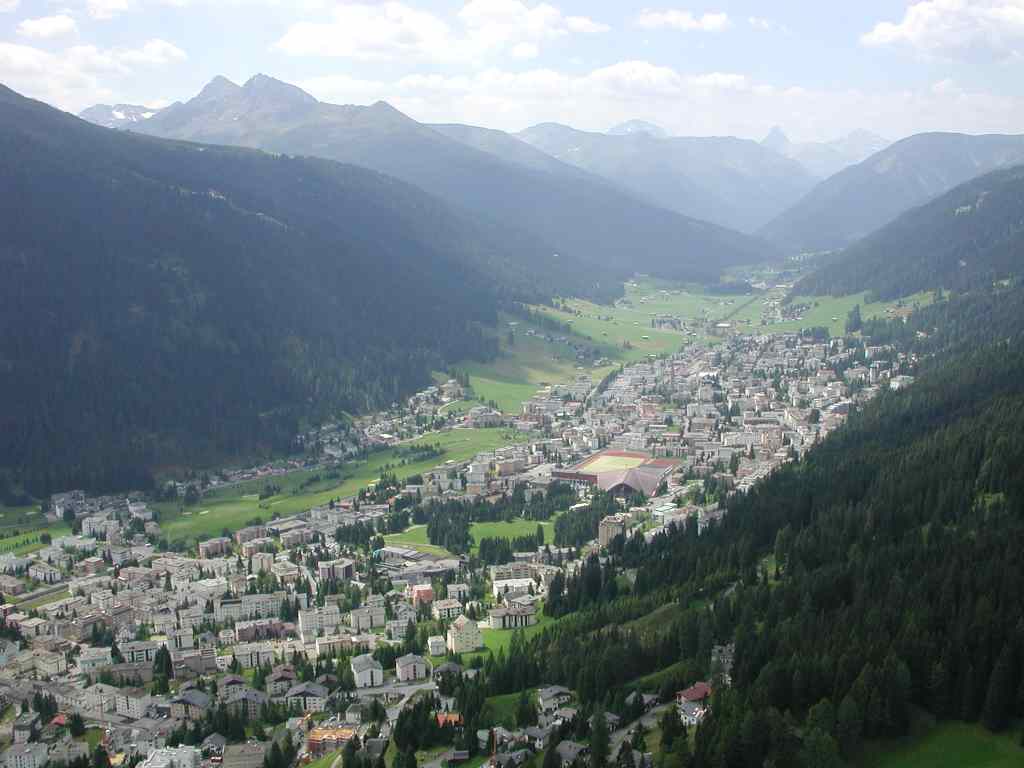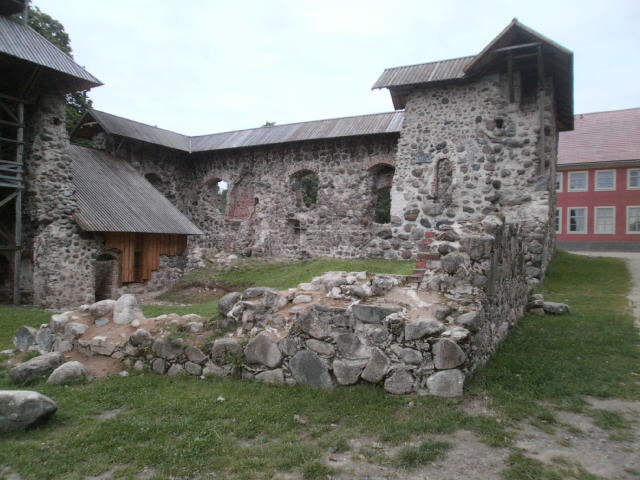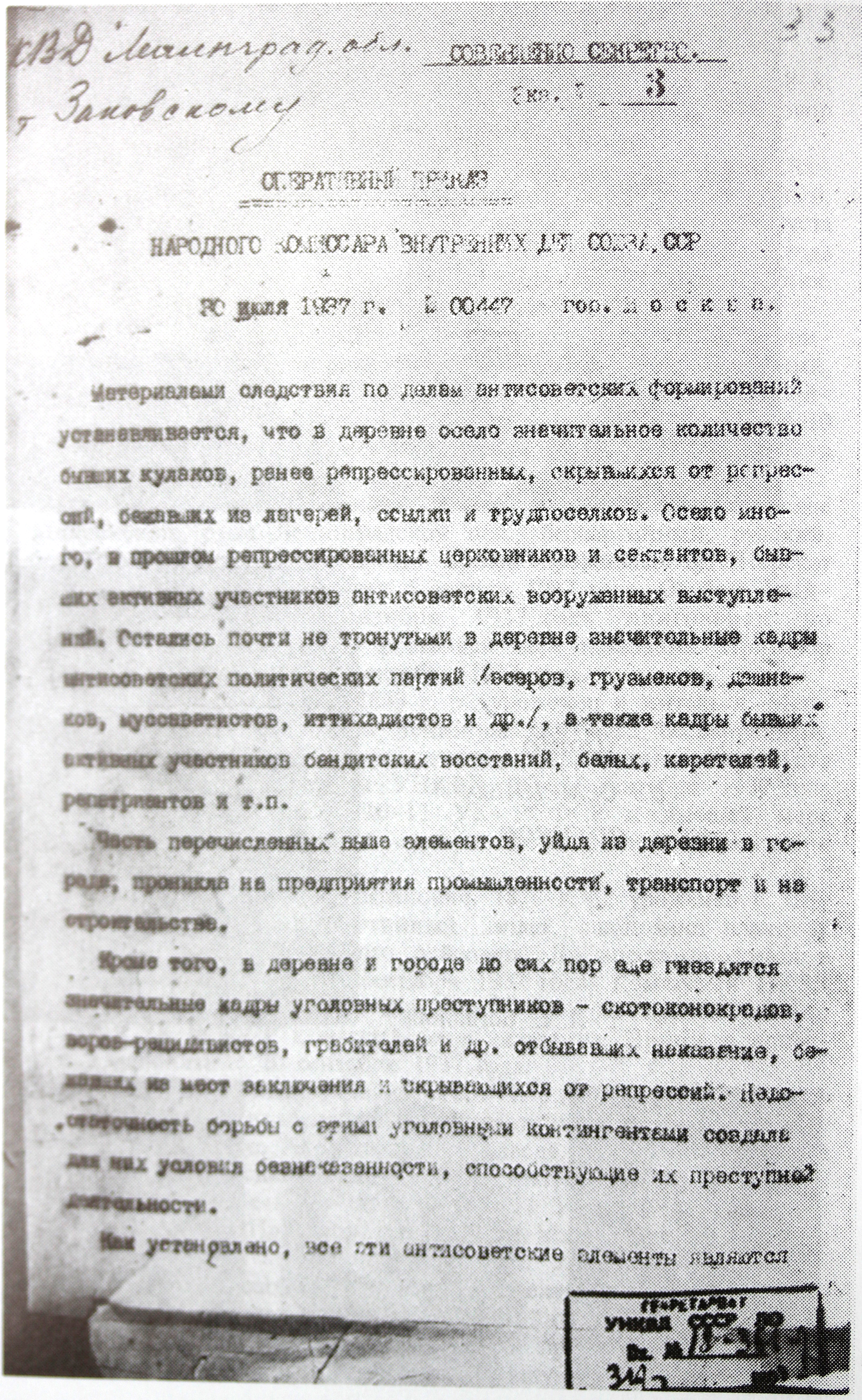|
Augusts Kirhenšteins
Augusts Kirhenšteins, formerly spelt Kirchenšteins (18 September 1872 – 3 November 1963), was a Latvian and Soviet microbiologist, politician and educator. He was the ''de facto'' prime minister of Latvia from 20 June 1940 to 25 August 1940 and Acting ''de facto'' President of Latvia from 21 July 1940 to 25 August 1940. It was Kirhenšteins' Soviet puppet government that requested the incorporation of Latvia into the Soviet Union after the occupation of the country in 1940. He became a member of the Communist Party in 1941. He was Chairman of the Presidium of the Supreme Soviet of the Latvian Soviet Socialist Republic 1940–1952. Biography Augusts Kirhenšteins was born on 18 September 1872 on the estate of Valtenberg Manor in Mazsalaca, in the Governorate of Livonia. He was the eldest son of the tenant Mārtiņš Kirhenšteins and his wife Baba, in a family of eleven children. Augusts Kirhenšteins' younger brother, Rūdolfs Kirhenšteins (1891–1938), went on to ... [...More Info...] [...Related Items...] OR: [Wikipedia] [Google] [Baidu] |
Prime Minister Of Latvia
The prime minister of Latvia () is the most powerful member of the Government of Latvia, who presides over the Latvian Cabinet of Ministers. The officeholder is nominated by the president of Latvia, but must be able to obtain the support of a parliamentary majority in the Saeima The Saeima () is the parliament of the Latvia, Republic of Latvia. It is a unicameral parliament consisting of 100 members who are elected by proportional representation, with seats allocated to political parties which gain at least 5% of the p .... The tables below display all Latvian prime ministers from both the first period of Latvian independence (1918–1940) and since the country regained its independence (1990–present). From 1990 to 6 July 1993, the head of government was known as the chairman of the Council of Ministers. A direct translation of the official Latvian term is minister-president. Although the equivalent is used in some European languages, it is not used conventionally in En ... [...More Info...] [...Related Items...] OR: [Wikipedia] [Google] [Baidu] |
Latvia
Latvia, officially the Republic of Latvia, is a country in the Baltic region of Northern Europe. It is one of the three Baltic states, along with Estonia to the north and Lithuania to the south. It borders Russia to the east and Belarus to the southeast, and shares a Maritime boundary, maritime border with Sweden to the west. Latvia covers an area of , with a population of 1.9million. The country has a Temperate climate, temperate seasonal climate. Its capital and List of cities and towns in Latvia, largest city is Riga. Latvians, who are the titular nation and comprise 65.5% of the country's population, belong to the ethnolinguistic group of the Balts and speak Latvian language, Latvian. Russians in Latvia, Russians are the most prominent minority in the country, at almost a quarter of the population; 37.7% of the population speak Russian language, Russian as their native tongue. After centuries of State of the Teutonic Order, Teutonic, Swedish Livonia, Swedish, Inflanty Voi ... [...More Info...] [...Related Items...] OR: [Wikipedia] [Google] [Baidu] |
Royal Serbian Army
The Army of the Kingdom of Serbia ( sr-cyr, Војска Краљевине Србије, Vojska Kraljevine Srbije), known in English language, English as the Royal Serbian Army, was the army of the Kingdom of Serbia that existed between 1882 and 1918, succeeding the Armed Forces of the Principality of Serbia and preceding the Royal Yugoslav Army. Organization Field armies * First Army (Serbia) * Second Army (Serbia) * Third Army (Serbia) * Timok Army * Užice Army Orders of battle * Order of battle of the Serbian Army in the First Balkan War * Order of battle of the Serbian Army in World War I Wars Military equipment Armament Uniform *Šajkača See also * First Serbian Volunteer Division * Serbian Chetnik Organization * Serbian Armed Forces References Sources Books * * * * Journals *Mijalkovski, Milan. "Četničke (gerilske) jedinice Kraljevine Srbije–borci protiv terora turskog okupatora." Zbornik radova Instituta za savremenu istoriju 09 (2007): 59–81. *Beci ... [...More Info...] [...Related Items...] OR: [Wikipedia] [Google] [Baidu] |
World War I
World War I or the First World War (28 July 1914 – 11 November 1918), also known as the Great War, was a World war, global conflict between two coalitions: the Allies of World War I, Allies (or Entente) and the Central Powers. Fighting took place mainly in European theatre of World War I, Europe and the Middle Eastern theatre of World War I, Middle East, as well as in parts of African theatre of World War I, Africa and the Asian and Pacific theatre of World War I, Asia-Pacific, and in Europe was characterised by trench warfare; the widespread use of Artillery of World War I, artillery, machine guns, and Chemical weapons in World War I, chemical weapons (gas); and the introductions of Tanks in World War I, tanks and Aviation in World War I, aircraft. World War I was one of the List of wars by death toll, deadliest conflicts in history, resulting in an estimated World War I casualties, 10 million military dead and more than 20 million wounded, plus some 10 million civilian de ... [...More Info...] [...Related Items...] OR: [Wikipedia] [Google] [Baidu] |
Bacteriologist
A bacteriologist is a microbiologist, or similarly trained professional, in bacteriology— a subdivision of microbiology that studies bacteria, typically Pathogenic bacteria, pathogenic ones. Bacteriologists are interested in studying and learning about bacteria, as well as using their skills in clinical settings. This includes investigating properties of bacteria such as Morphology (biology), morphology, ecology, genetics and biochemistry, phylogenetics, genomics and many other areas related to bacteria like Medical diagnosis, disease diagnostic testing. Alongside human and animal health care, healthcare providers, they may carry out various functions as Biomedical scientist, medical scientists, veterinary scientists, Pathology, pathologists, or Medical laboratory scientist, diagnostic technicians in locations like Clinic, clinics, blood banks, hospitals, laboratories and Veterinary medicine, animal hospitals. Bacteriologists working in public health or biomedical research help de ... [...More Info...] [...Related Items...] OR: [Wikipedia] [Google] [Baidu] |
Davos
Davos (, ; or ; ; Old ) is an Alpine resort town and municipality in the Prättigau/Davos Region in the canton of Graubünden, Switzerland. It has a permanent population of (). Davos is located on the river Landwasser, in the Rhaetian Alps, between the Plessur and Albula Ranges. The municipality covers nearly the entire valley of the Landwasser, and the centre of population, economic activity and administration is two adjacent villages, ''Davos Dorf'' (engl.: Davos Village) and ''Davos Platz'' (Davos Place), which are above sea level. Gaining prominence in the 19th century as a mountain health resort, Davos is perhaps best known today for hosting the World Economic Forum, an annual meeting of global political and corporate leaders. With its long history of winter sports, Davos also has one of Switzerland's largest ski resorts and hosts the international Spengler Cup, an ice hockey tournament, every December. Name ''Tavau'', the Romansh name, derives from the La ... [...More Info...] [...Related Items...] OR: [Wikipedia] [Google] [Baidu] |
Zürich
Zurich (; ) is the list of cities in Switzerland, largest city in Switzerland and the capital of the canton of Zurich. It is in north-central Switzerland, at the northwestern tip of Lake Zurich. , the municipality had 448,664 inhabitants. The Urban agglomeration, urban area was home to 1.45 million people (2020), while the Zurich Metropolitan Area, Zurich metropolitan area had a total population of 2.1 million (2020). Zurich is a hub for railways, roads, and air traffic. Both Zurich Airport and Zürich Hauptbahnhof, Zurich's main railway station are the largest and busiest in the country. Permanently settled for over 2,000 years, Zurich was founded by the Roman Empire, Romans, who called it '. However, early settlements have been found dating back more than 6,400 years (although this only indicates human presence in the area and not the presence of a town that early). During the Middle Ages, Zurich gained the independent and privileged status of imperial immediacy and, in 1519 ... [...More Info...] [...Related Items...] OR: [Wikipedia] [Google] [Baidu] |
Switzerland
Switzerland, officially the Swiss Confederation, is a landlocked country located in west-central Europe. It is bordered by Italy to the south, France to the west, Germany to the north, and Austria and Liechtenstein to the east. Switzerland is geographically divided among the Swiss Plateau, the Swiss Alps, Alps and the Jura Mountains, Jura; the Alps occupy the greater part of the territory, whereas most of the country's Demographics of Switzerland, 9 million people are concentrated on the plateau, which hosts List of cities in Switzerland, its largest cities and economic centres, including Zurich, Geneva, and Lausanne. Switzerland is a federal republic composed of Cantons of Switzerland, 26 cantons, with federal authorities based in Bern. It has four main linguistic and cultural regions: German, French, Italian and Romansh language, Romansh. Although most Swiss are German-speaking, national identity is fairly cohesive, being rooted in a common historical background, shared ... [...More Info...] [...Related Items...] OR: [Wikipedia] [Google] [Baidu] |
1905 Russian Revolution
The Russian Revolution of 1905, also known as the First Russian Revolution, was a revolution in the Russian Empire which began on 22 January 1905 and led to the establishment of a constitutional monarchy under the Russian Constitution of 1906, the country's first. The revolution was characterized by mass political and social unrest including worker strike action, strikes, peasant revolts, and military mutiny, mutinies directed against Tsar Nicholas II and the Tsarist autocracy, autocracy, who were forced to establish the State Duma (Russian Empire), State Duma legislative assembly and grant certain rights, though both were later undermined. In the years leading up to the revolution, impoverished peasants had become increasingly angered by repression from their Landlord, landlords and the continuation of semi-feudal relations. Further discontent grew due to mounting Russian losses in the Russo-Japanese War, poor conditions for workers, and urban unemployment. On , known as "Bloody ... [...More Info...] [...Related Items...] OR: [Wikipedia] [Google] [Baidu] |
Limbaži
Limbaži (, , , ) is a town in the Vidzeme region of northern Latvia, with a population of 6,888. Limbaži is located 90 km northeast of the capital Riga. During the Middle Ages, as part of Livonia, Limbaži was a fortified town with stone walls, second in importance only to Riga. Etymology The name is believed to be a Latvianised version (hence the ''-aži'' ending) of the Livonian word ''Lembsel'' (''Lemesel'') meaning "wide isle in a forest swamp". The German ''Lemsahl'' (''Lemsal'') is derived from the Livonian name. According to folk etymology, the name ''Limbaži'' originated sometime in the 17th century. A recently arrived Swedish minister overheard the words "Limba" and "āži" (Latvian for ' male goats'). Mistakenly, he assumed this was the name of the place, and so the town was called "Limbaži". History In ancient times, Limbaži was a Livonian settlement known as ''Lemisele'', part of Metsepole. In the early 13th century, Bishop Albert and the Teutonic knigh ... [...More Info...] [...Related Items...] OR: [Wikipedia] [Google] [Baidu] |
Valmiera
Valmiera () is the second largest city of the historical Vidzeme region, Latvia, with a total area of . As of 2002, Valmiera had a population of 27,323, and in 2020, it was at 24,879. It is a Administrative divisions of Latvia, state city, and is the seat of the Valmiera Municipality. Valmiera is one of the oldest cities in Latvia; it was a member of the Hanseatic League. According to the ethnic composition, Valmiera has the largest proportion of Latvians, ethnic Latvians among the state cities. Valmiera lies at the crossroads of several important roads, to the north-east from Riga, the capital of Latvia, and south of the border with Estonia. Valmiera lies on both banks of the Gauja River. Names and etymology The name was derived from the Old High German, Old German given name or the Slavic names, Slavic name . The town may have been named after the kniaz of the Principality of Pskov Vladimir Mstislavich (Pskov), Vladimir Mstislavich, who became a vassal of Albert of Riga i ... [...More Info...] [...Related Items...] OR: [Wikipedia] [Google] [Baidu] |
Great Purge
The Great Purge, or the Great Terror (), also known as the Year of '37 () and the Yezhovshchina ( , ), was a political purge in the Soviet Union that took place from 1936 to 1938. After the Assassination of Sergei Kirov, assassination of Sergei Kirov by Leonid Nikolaev in 1934, Joseph Stalin launched a series of show trials known as the Moscow trials to remove suspected party dissenters from the Communist Party of the Soviet Union, especially those aligned with the Bolsheviks, Bolshevik party. The term "great purge" was popularized by the historian Robert Conquest in his 1968 book ''The Great Terror (book), The Great Terror'', whose title was an allusion to the French Revolution's Reign of Terror. The purges were largely conducted by the NKVD (People's Commissariat for Internal Affairs), which functioned as the Ministry of home affairs, interior ministry and secret police of the USSR. Starting in 1936, the NKVD under chief Genrikh Yagoda began the removal of the central pa ... [...More Info...] [...Related Items...] OR: [Wikipedia] [Google] [Baidu] |







